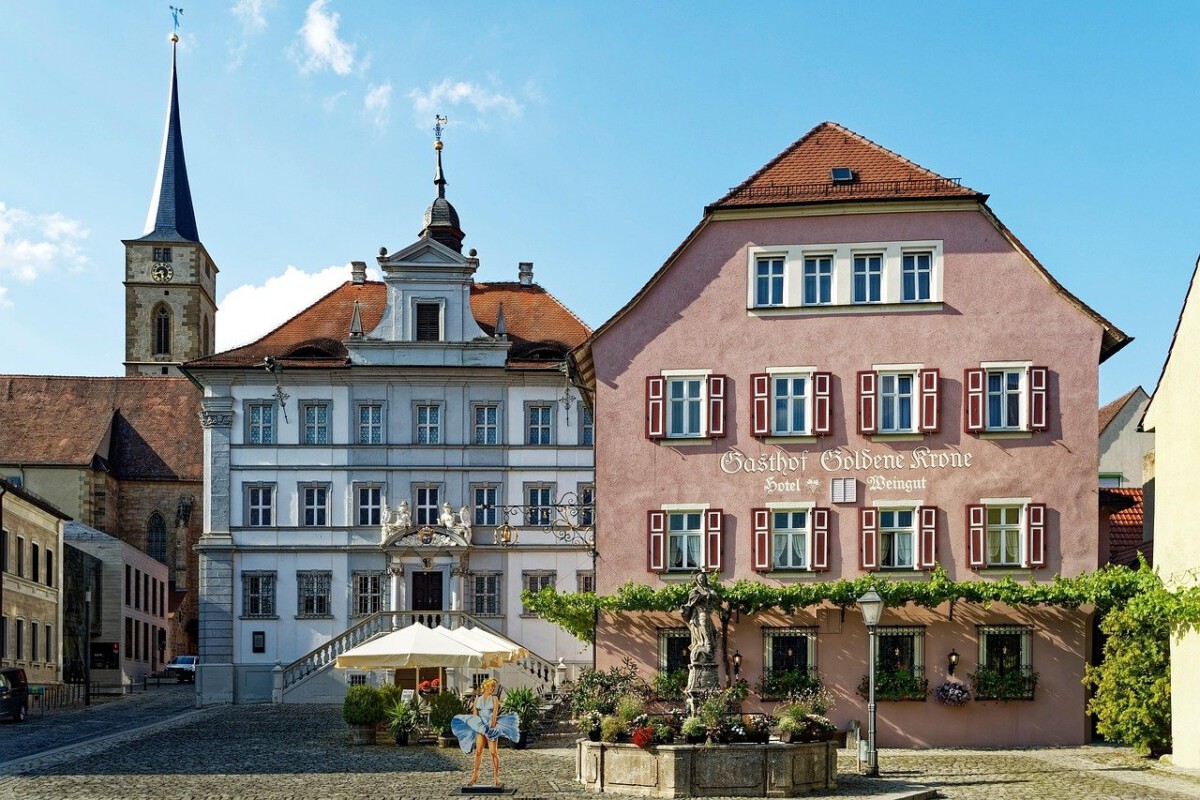Sweden: A Model of Clean Air

Sweden stands as a true inspiration for clean urban living. In 2024, Stockholm boasted an average PM2.5 concentration of just 5 µg/m³, which is impressively below the World Health Organization’s recommended limit. The country’s dedication to renewables is striking—over half of Sweden’s energy comes from green sources. Public transportation is not just an option but a lifestyle here, with citywide networks making car dependency almost unnecessary. Strict vehicle emissions rules mean that even when cars are on the road, they’re cleaner than most. Environmental experts point to Sweden’s unified national approach as a reason for its sustained success. The air feels fresher, and Swedes take pride in their visible blue skies and crisp, breathable mornings.
Finland: Prioritizing Clean Air

Finland has quietly become a world leader in urban air quality. Helsinki, for example, recorded average PM2.5 levels of just 6 µg/m³. This is no accident—Finland invests heavily in green technology and carefully plans urban spaces to keep pollution at bay. Electric vehicles are increasingly common, and public transport is both efficient and affordable. The presence of lush parks throughout Finnish cities isn’t just for show; green spaces are seen as natural air filters. Environmental scientists in Finland stress that their integrated approach—where city planning and environmental health go hand in hand—has been crucial. This mindset has helped Finland remain one of the healthiest places to breathe in Europe.
Norway: Harnessing Nature for Clean Air

Norway’s cities are famous for having some of the cleanest air in the developed world. In Oslo, PM2.5 levels hover around 7 µg/m³, a testament to the country’s aggressive environmental policies. More than half of new cars sold in Norway are electric, dramatically reducing vehicle emissions in city centers. Hydropower provides the bulk of Norway’s electricity, ensuring that energy is clean and sustainable. Policymakers here don’t just talk about climate action—they act, and it shows in the air Norwegians breathe. Urban planners incorporate nature into cityscapes, making green belts and parks a regular feature. The air quality is not just a public health win but a point of national pride.
New Zealand: Clean and Green

New Zealand’s reputation for stunning natural beauty extends into its cities, where urban pollution remains remarkably low. In Wellington, PM2.5 concentrations reach just 8 µg/m³. The government’s policies favor renewable energy and sustainable agriculture, both of which contribute to cleaner city air. New Zealand’s low population density and abundance of green spaces help keep pollutants in check. Public transport is promoted and cycling is encouraged, further reducing emissions. Local environmental advocates stress that the country’s commitment to preserving its landscapes is critical. Even visitors notice that breathing feels easier in New Zealand’s vibrant, green cities.
Canada: A Breath of Fresh Air

Canada frequently appears on lists of countries with the cleanest urban air, especially in cities like Vancouver where PM2.5 levels average 9 µg/m³. The government’s focus on clean air includes investments in efficient public transport and renewable energy. Vast forests across the country act as natural air filters, which helps urban centers maintain good air quality. Canadians also benefit from community programs designed to raise awareness about pollution and encourage greener living. The nation’s approach combines technology, policy, and grassroots engagement. Experts believe that Canada’s sheer natural resources and proactive governance are what keep its city air so refreshingly breathable.
Switzerland: Clean Cities and Fresh Air

Switzerland’s urban areas enjoy some of the cleanest air in Europe. Zurich, for instance, reports PM2.5 concentrations around 10 µg/m³, a number achieved through relentless environmental regulation. Swiss cities are known for their efficient public transportation systems, which keep car traffic—and exhaust—low. The country invests heavily in solar and wind energy, further reducing reliance on polluting fossil fuels. Urban planners often integrate large green spaces and parks into city layouts, which help absorb harmful pollutants. The Swiss see clean air as a non-negotiable part of their high quality of life. It’s no surprise that the fresh air in Swiss cities is almost as famous as the Alps themselves.
Japan: Balancing Urbanization and Clean Air

Japan has managed to keep its urban air relatively clean despite dense cities and heavy industry. Tokyo now averages about 11 µg/m³ for PM2.5, a figure that reflects strict standards on vehicle and industrial emissions. The country’s advanced air purification technologies are visible everywhere, from subway stations to city parks. Waste management practices have been refined to minimize pollutants, and green spaces are increasingly prioritized in city planning. Urban innovation doesn’t stop at technology—Japanese cities often blend traditional gardens with modern infrastructure. Experts say that Japan’s ability to marry tradition with innovation is what keeps its air quality ahead of many other industrialized nations.
India: The Struggle with Smog

India’s big cities are facing an air pollution crisis, with Delhi often experiencing PM2.5 levels well over 150 µg/m³ during smoggy months. Vehicle emissions, unchecked industrial activity, and seasonal crop burning are the main culprits. The government has launched efforts like the National Clean Air Programme, aiming to reduce pollution across hundreds of cities. However, public health officials warn that progress has been slow and the health risks are severe, especially for children and the elderly. Respiratory illnesses, heart disease, and even shortened life expectancy are linked to the thick smog. Experts argue that more aggressive measures and public participation are urgently needed to reverse the trend.
China: Battling Urban Smog

China’s fight against smog is ongoing, with major cities such as Beijing still struggling with PM2.5 concentrations sometimes surpassing 100 µg/m³. Decades of rapid industrialization and reliance on coal have left a lasting mark on urban air quality. The government has responded with strict regulations, closing polluting factories and investing in renewables. While there have been improvements, winter months still see dangerous smog episodes. Environmental scientists stress the need for continued innovation and enforcement if China hopes to see lasting change. The public is increasingly aware of the dangers, and there’s growing pressure for stronger action.
Bangladesh: A Pollution Crisis

Bangladesh is currently experiencing one of the most severe urban pollution crises in the world. In Dhaka, PM2.5 levels can soar above 150 µg/m³, making the air thick with dust and exhaust. The main sources of this pollution include unchecked industrial emissions, chaotic vehicle traffic, and constant construction activity. While the government has started initiatives to improve air quality, progress is slow and the health toll is rising. Hospitals report increasing cases of respiratory illness, and outdoor activities are often restricted. Health experts warn that without urgent action, the situation could worsen further. The challenge ahead is immense, requiring both policy change and public commitment.








